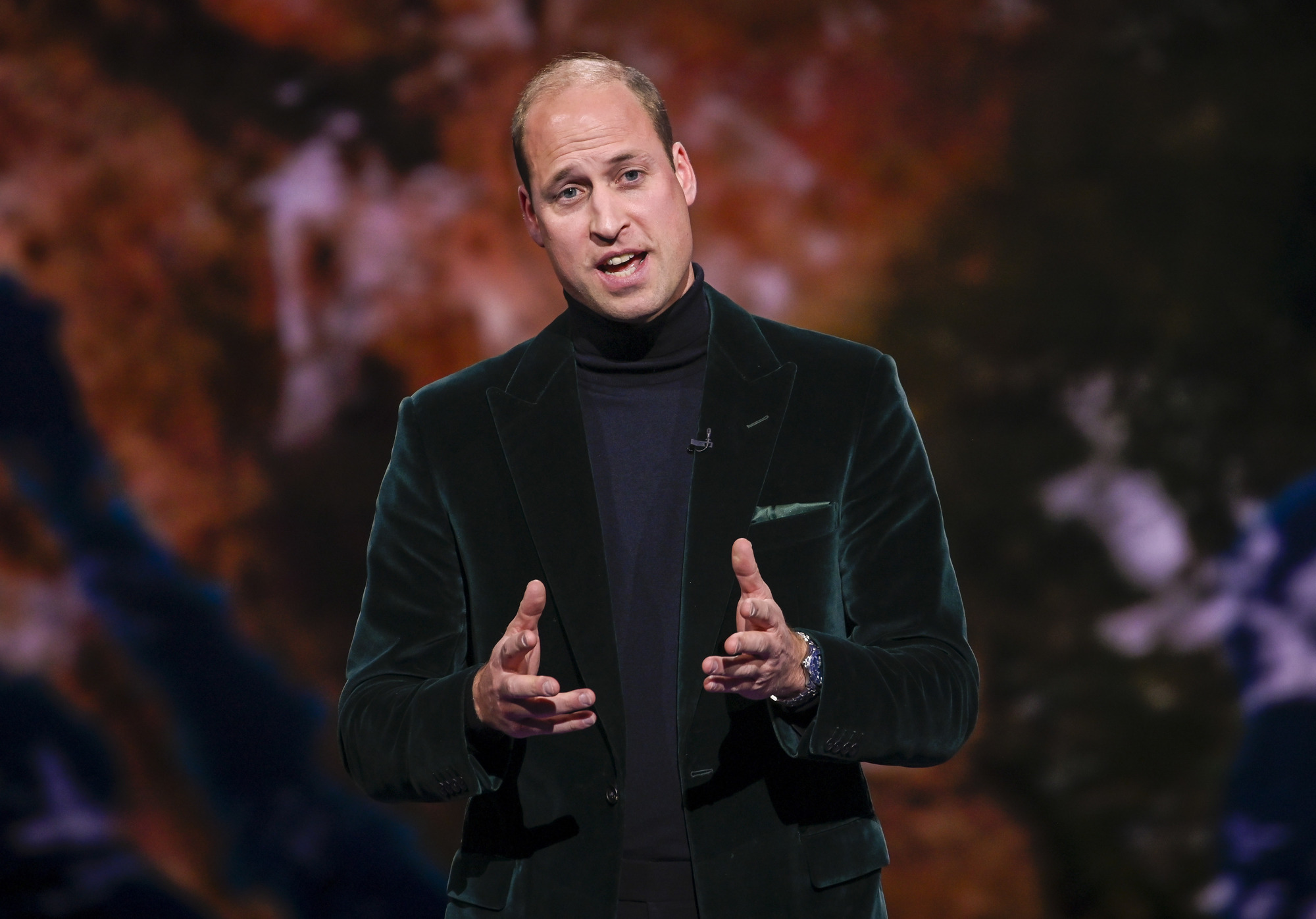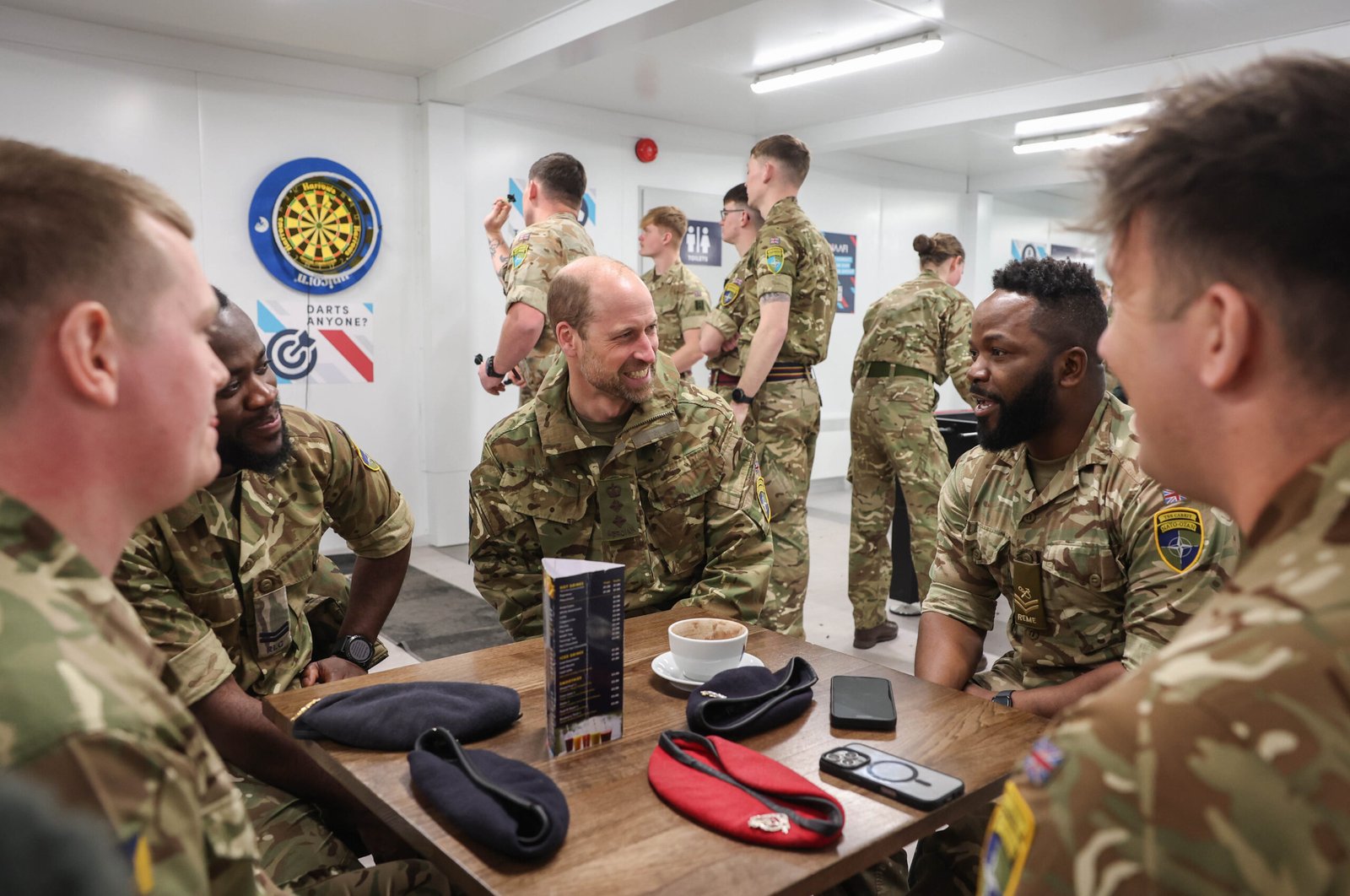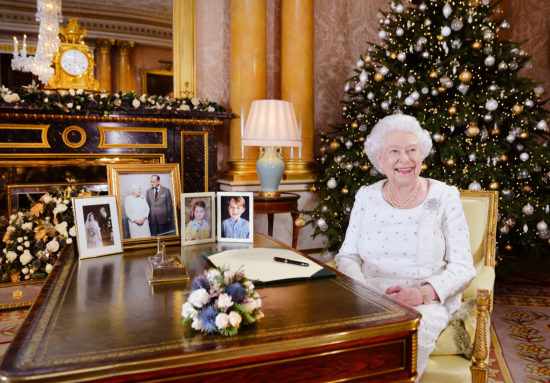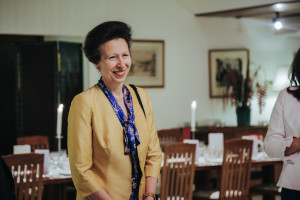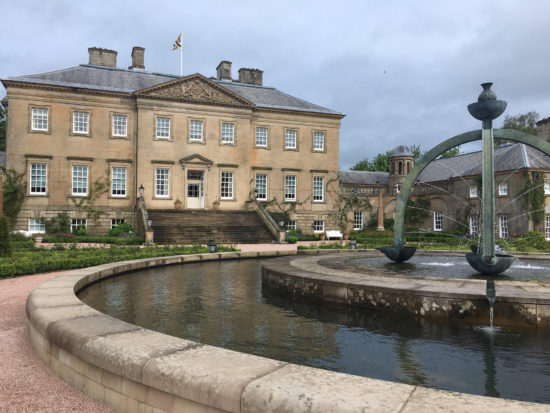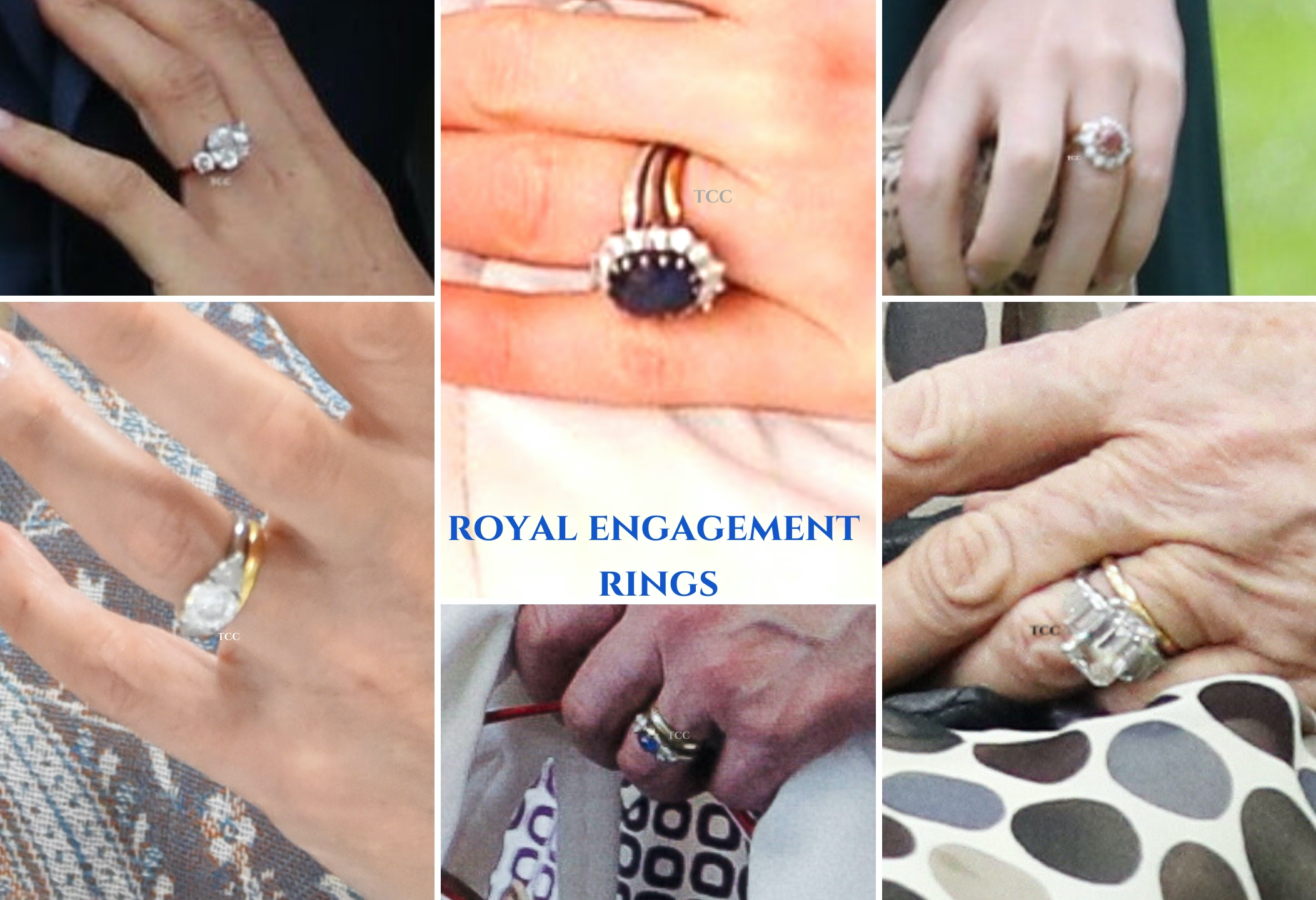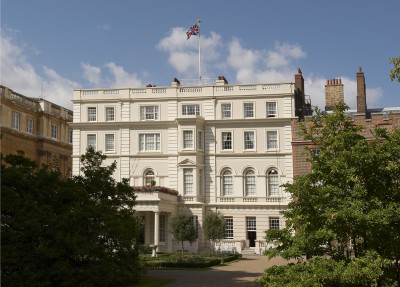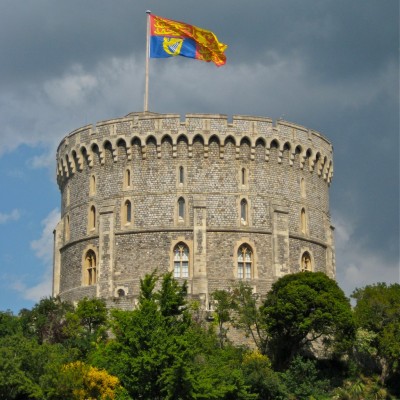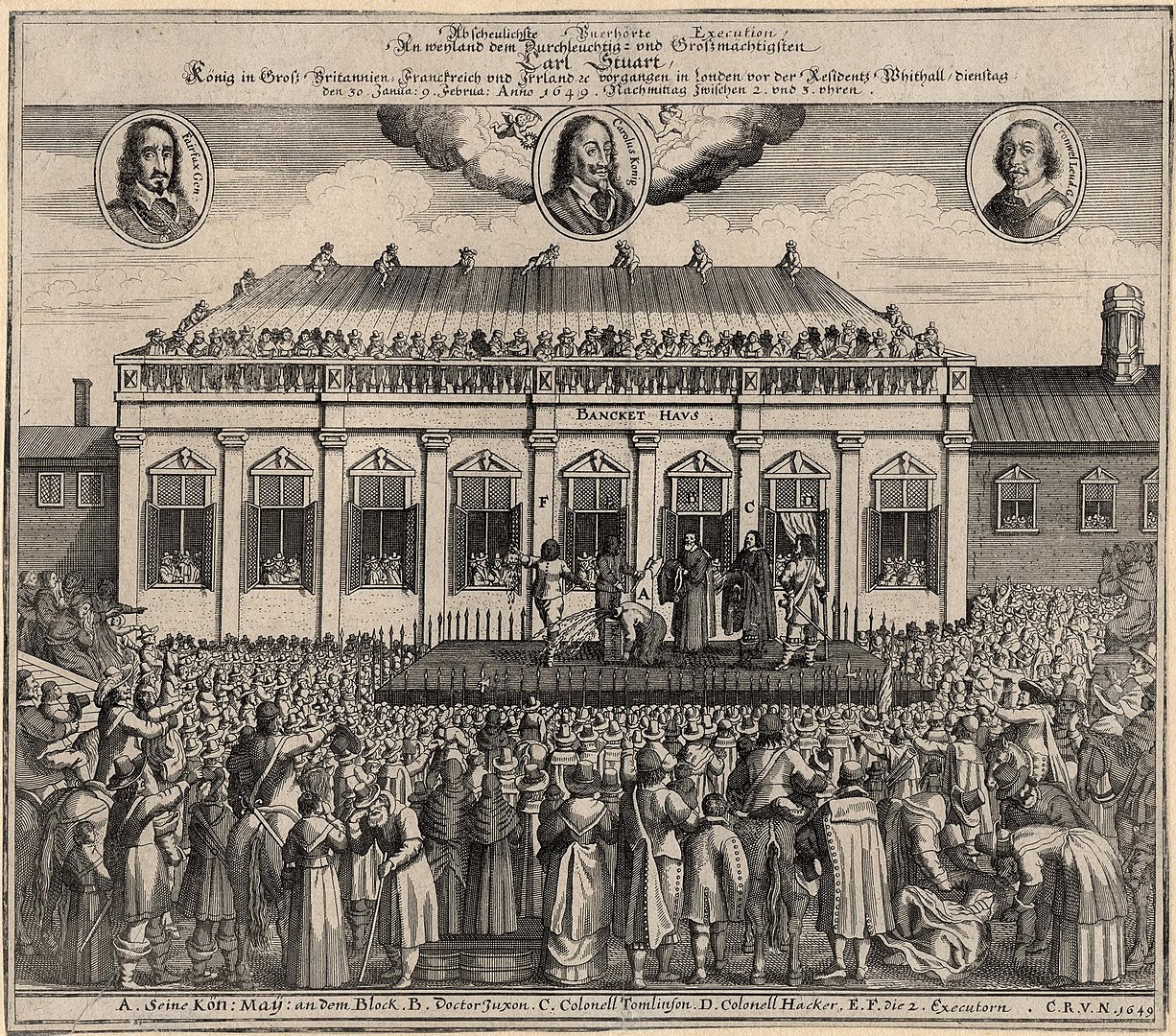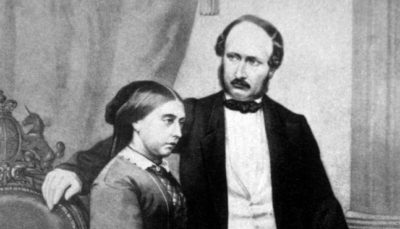The Duke and Duchess have carried out their first joint engagement of the year, with a visit to the Foundling Museum in London today.
The visit consisted of a number of meetings within the museum, where Prince William and Catherine learned more about the importance of successful fostering care with experts and also with those who grew up within care or in foster homes.
The Foundling Museum, of which Catherine has been patron since 2019, tells the history behind the Foundling Hospital. The hospital, considered the first children’s charity in the UK, was founded in 1739 by Thomas Coram as a place where mothers, who could not keep their children for reasons such as poverty or not being married, would bring their young for care. They were housed alongside children, many of whom were orphaned.
The Foundling Hospital was also England’s first public art gallery. When Kate’s patronage was announced, it was said the support recognises the museum’s work to transform the wellbeing and life chances of vulnerable children and young adults through creative collaboration with artists’.
The Museum today also delivers training, mentorship programmes and creative projects to help to improve the lives of those who have experience care with one of their projects, ‘Tracing Our Tales’, helping to provide paid employment and valuable life skills, as well as creative skills.
The Duke and Duchess of Cambridge took particular interest in their conversation with the experts, with both of them asking questions and linking the importance of successful fostering care with their other work – mental health for Catherine, and homelessness for William.
They were told about the various challenges faced by children who are not allowed to settle, and how that can lead to them entering into the criminal world and ending up on the streets.
Until 1954, the Foundling Hospital cared for orphans and helped find children homes.
The couple both seemed particularly concerned about the risks of children being moved again and again and what it can do to their mental health. William told those at the meeting that it ‘may become emotionally exhausting to tell the story again and again’.
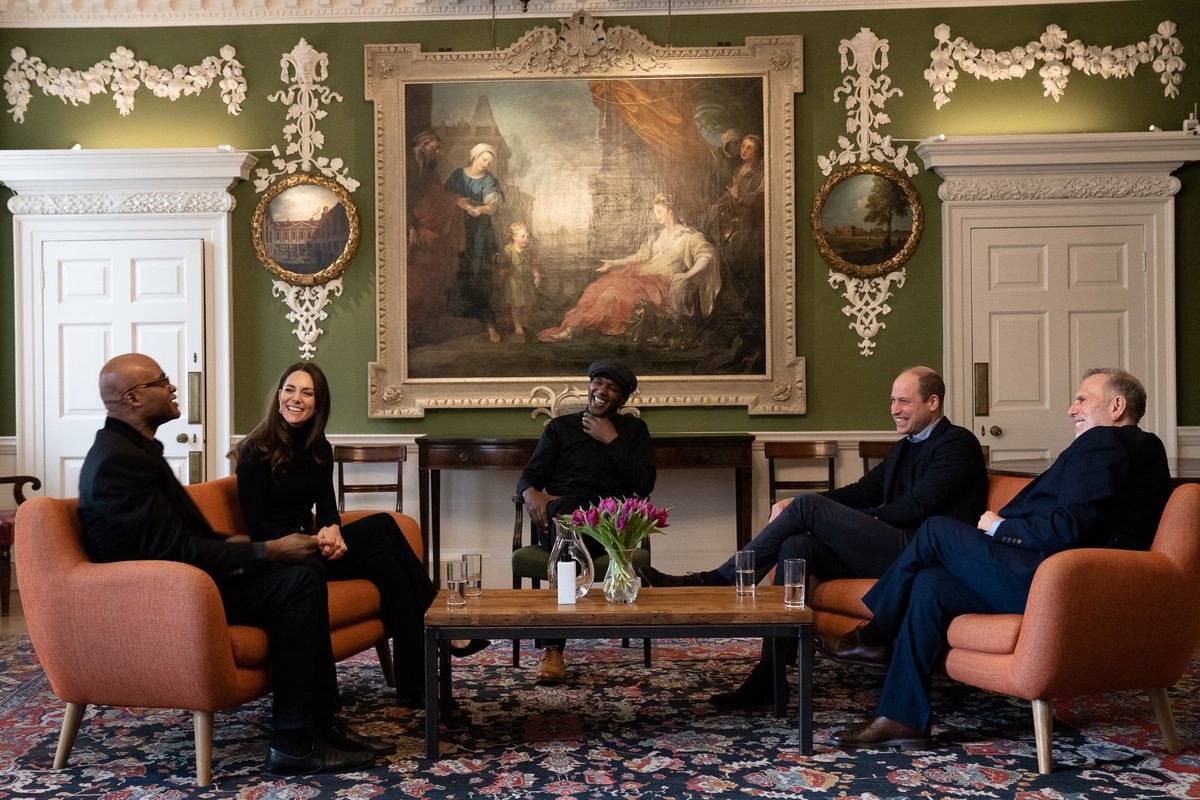
Prince William and Kate heard from well-known figures who had also been through the foster system (@KensingtonRoyal/Twitter)
Another concern for the Royals was the consistency of care for those within it. They spoke about that with a number of influential people who grew up within care – Olympian Kris Akabusi, poet Lemn Sissay, and the editor of Observer Food Monthly, Allan Jenkins.
Akabusi said: “I enjoyed the stability. It was a saviour for me”.
Lemn Sissay, who helped with Kate’s Hold Still project, which British captured life in the pandemic, and more recently spoke at her Christmas carol service.
“We’ve had that in the mental health side of things, people end up on the street, go through hoops and hurdles, tell so many people in authority and nothing changes,” he said. William also told experts that they have to reach children a lot earlier so that they don’t have to go through that in their lives.
“If you keep moving a child around when they are an adult their relationships are so short and shallow,” the Duke observed.
They heard about their experiences in care, how it felt to go out into the world by yourself once you were too old for the system, and also how the experience has affects, and still continues to have an impact on, their lives.
The couple then picked up their pencils – three-foot ones at that! – and joined women from care in what the Museum calls an ‘ice-breaker’. On the floor was a white canvas and William and Kate helped the group draw on it at random, each creating a little doodle.
With a laugh, William told everyone in the room that he had enjoyed it and that his children ‘would really enjoy that’.
At one point Kate jokingly asked her husband: “Is that me?”
William replied with a laugh, “Yes, that’s you.”
The couple then sat down with the group to speak with them about their experiences.
The Duke and Duchess were in high spirits as they left the Museum, staying about half an hour longer than planned – their first joint engagement of a very busy Jubilee year complete!


